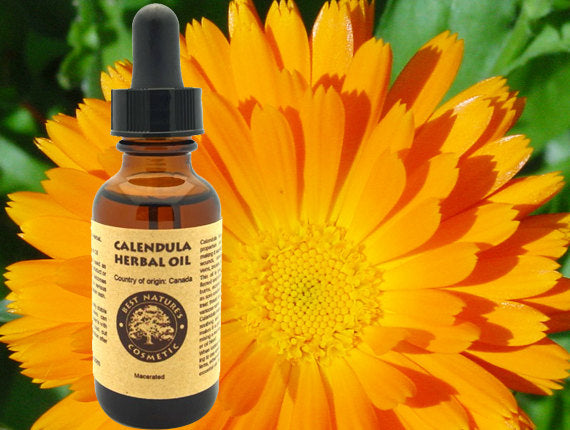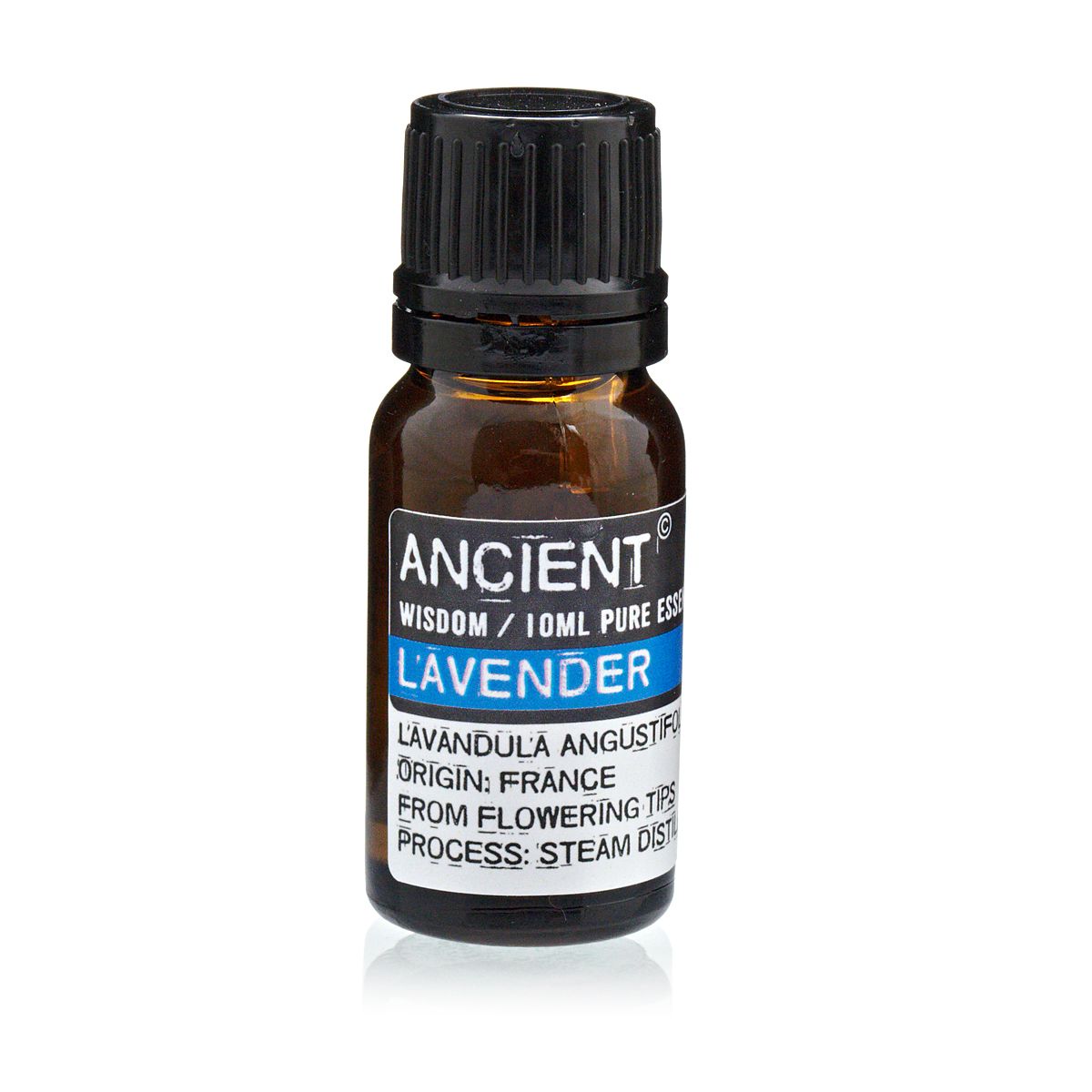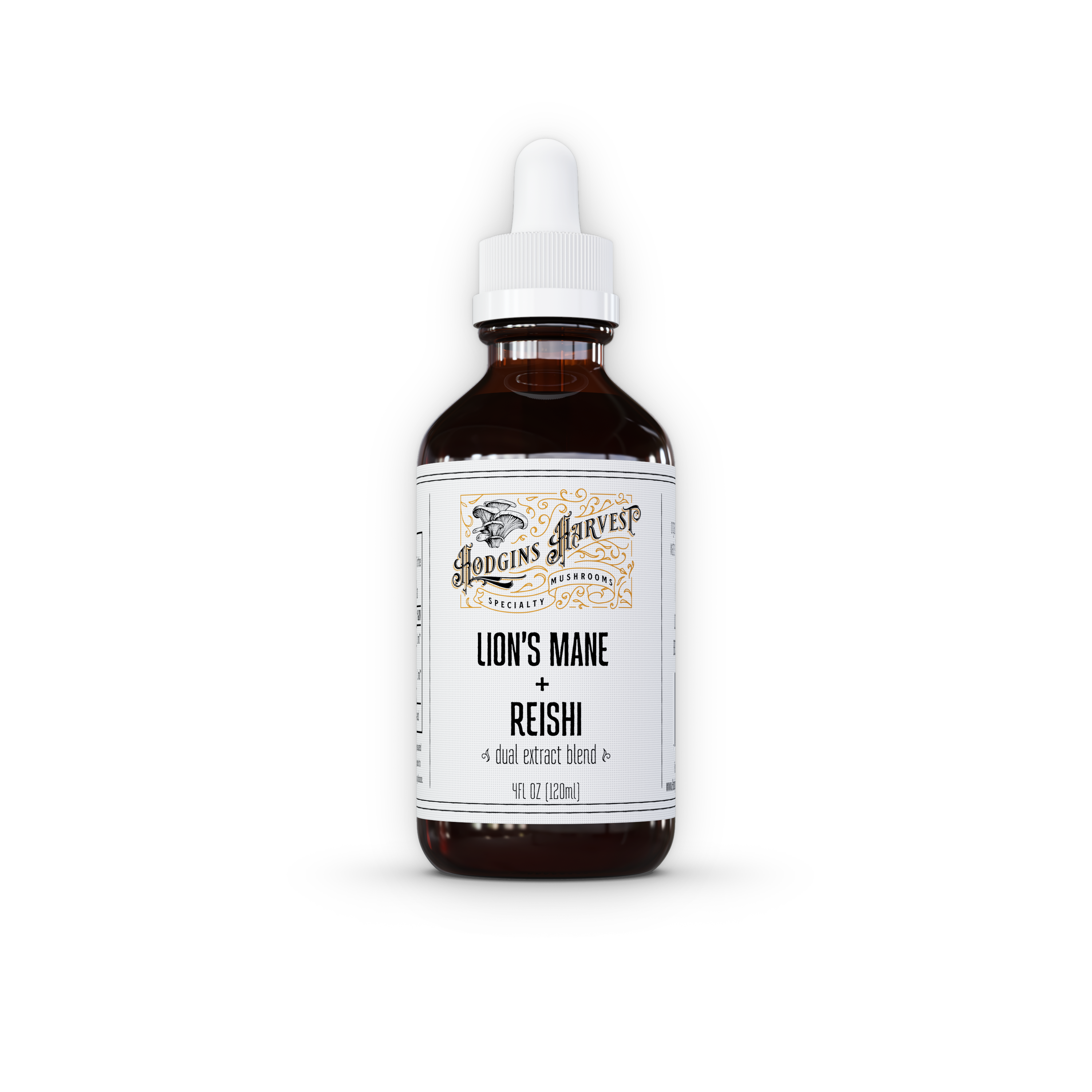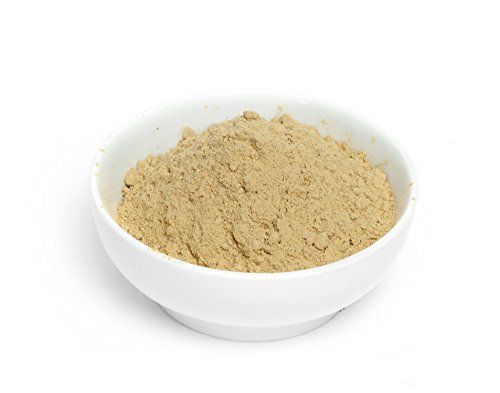
Introduction
Calendula, scientifically known as Calendula officinalis, is a vibrant flowering plant belonging to the marigold family. Renowned for its bright orange and yellow blossoms, calendula has been used for centuries in traditional medicine for its potent healing properties. Extracts from the plant, particularly calendula oil, are valued in herbal remedies and skincare for their soothing and regenerative effects.
What Is Calendula?
Calendula is an herbal plant commonly cultivated in gardens worldwide. Its medicinal benefits are primarily derived from the flowers, which contain bioactive compounds such as flavonoids, triterpenoids, carotenoids, and essential oils. These constituents contribute to calendula’s anti-inflammatory, antimicrobial, and wound-healing properties.
How Does Calendula Oil Promote Healing?
Research indicates that calendula oil can significantly facilitate the healing process through multiple mechanisms:
- Anti-Inflammatory Effects: Studies demonstrate that calendula reduces inflammation by modulating cytokine production and decreasing inflammatory mediators (Preethi & Kuttan, 2009).
- Antimicrobial Activity: Compounds in calendula possess antimicrobial properties effective against bacteria, fungi, and viruses, helping prevent wound infections (Kumar et al., 2014).
- Enhanced Wound Healing: Experimental data suggest that topical calendula accelerates tissue regeneration, stimulates collagen synthesis, and promotes epithelization, making it beneficial for wound and skin ulcer treatments (Dagmar et al., 2018).
How Is Calendula Oil Used?
Calendula oil is typically prepared by infusing dried calendula flowers in carrier oils such as olive, jojoba, or almond oil. It can also be purchased pre-made from herbal stores. The common methods of application include:
- Topical application: Applied directly to cuts, burns, abrasions, dermatitis, or skin irritations. The oil is usually used after cleaning the wound or affected area.
- Massage: Used as a massage oil to soothe sore muscles and promote skin health.
- In combination with other remedies: Often blended with other herbal oils for enhanced healing.
Benefits of Calendula Oil
- Wound Healing: Accelerates tissue repair and reduces healing time (Preethi & Kuttan, 2009).
- Skin Conditions: Alleviates eczema, dermatitis, psoriasis, and dry skin by soothing inflammation.
- Antimicrobial Action: Helps prevent infection in minor wounds and burns.
- Anti-Inflammatory: Provides relief from discomfort caused by inflammation.
Detailed Uses of Calendula Oil
Calendula oil is used topically for a variety of skin-related issues. Here are its common applications and usage tips:
- Wound Care: Apply a few drops of diluted calendula oil to cuts, abrasions, or surgical wounds to promote faster healing and reduce scarring.
- Burns and Sunburn: Its soothing and anti-inflammatory properties help alleviate pain and redness in minor burns and sunburns.
- Skin Rashes and Irritations: Use on eczema, dermatitis, or allergic rashes to soothe itching and inflammation.
- Cracked Skin and Chapped Lips: Moisturizes and accelerates healing of dry, cracked skin and lips.
- Insect Bites and Stings: Reduces swelling and relieves itching.
Application Tips:
- Always dilute calendula oil with a carrier oil (e.g., coconut, jojoba) at a ratio of 1-2 drops per teaspoon.
- Perform a patch test before widespread application to check for sensitivities.
- Apply gently to the affected area 1-3 times daily.
Calendula for Specific Skin Conditions
1. Eczema and Dermatitis
Calendula's anti-inflammatory and soothing effects make it beneficial for eczema and dermatitis. Regular application can reduce redness, itching, and flare-ups. Studies suggest that topical calendula decreases inflammatory cytokines and supports skin barrier function (Preethi & Kuttan, 2009). Its gentle nature makes it suitable for sensitive skin.
2. Psoriasis
While scientific research is limited, anecdotal evidence supports calendula's use in managing psoriasis plaques. Its anti-inflammatory effects may help reduce redness and scaling. Using calendula oil in conjunction with other therapies may improve comfort and skin appearance.
3. Acne and Acne Scarring
Calendula’s antimicrobial properties help inhibit the bacteria responsible for acne, while its anti-inflammatory effects calm redness and swelling. For scar management, calendula promotes collagen synthesis, aiding in skin repair.
4. Minor Cuts, Abrasions, and Ulcers
Numerous studies confirm calendula’s ability to accelerate healing of cuts and ulcers. It enhances epithelialization and collagen deposition, leading to quicker tissue regeneration (Dagmar et al., 2018).
5. Dry, Cracked Skin
Especially effective in winter, calendula oil moisturizes and repairs cracked skin, including on hands, feet, and lips. Its regenerative properties help restore skin barrier function.
Additional Benefits and Considerations
- Antimicrobial Effect: Calendula contains saponins and flavonoids that inhibit bacterial and fungal growth, reducing infection risk in wounds.
- Antioxidant Properties: Rich in carotenoids, calendula helps neutralize free radicals, protecting skin cells from oxidative damage.
Safety Precautions
- Patch test before use, especially for sensitive skin.
- Discontinue if irritation or allergic reaction occurs.
- Pregnant and breastfeeding women should consult healthcare providers before use.
- Avoid using on deep or infected wounds without medical supervision.
Conclusion
Calendula oil is a natural, effective option for managing a variety of skin conditions—thanks to its anti-inflammatory, antimicrobial, and regenerative properties. Proper application and safety measures can enhance healing, reduce discomfort, and promote healthy skin.
References:
- Preethi, K. C., & Kuttan, R. (2009). "Effect of Calendula officinalis on the inflammatory response." Ancient Science of Life.
- Dagmar, H., et al. (2018). "Wound healing activity of Calendula officinalis: an experimental study." Journal of Herbal Medicine.
- Kumar, P., et al. (2014). "Antimicrobial activity of Calendula officinalis flower extract." International Journal of Pharmaceutical Sciences and Research.










